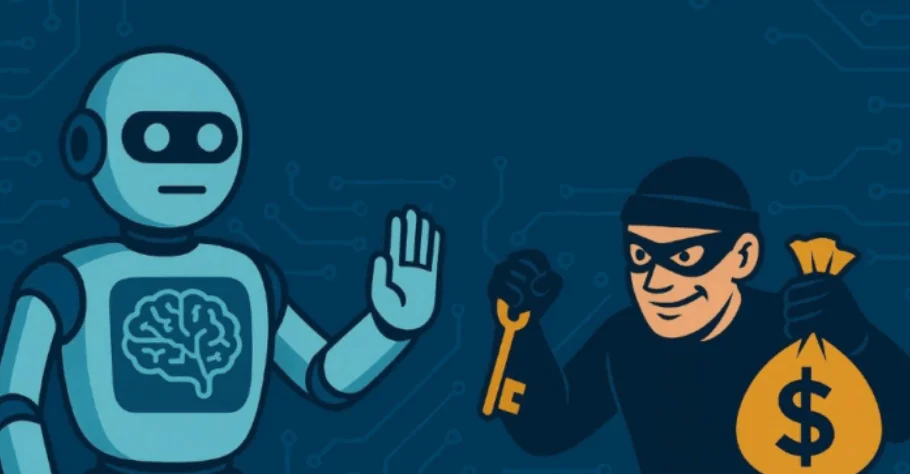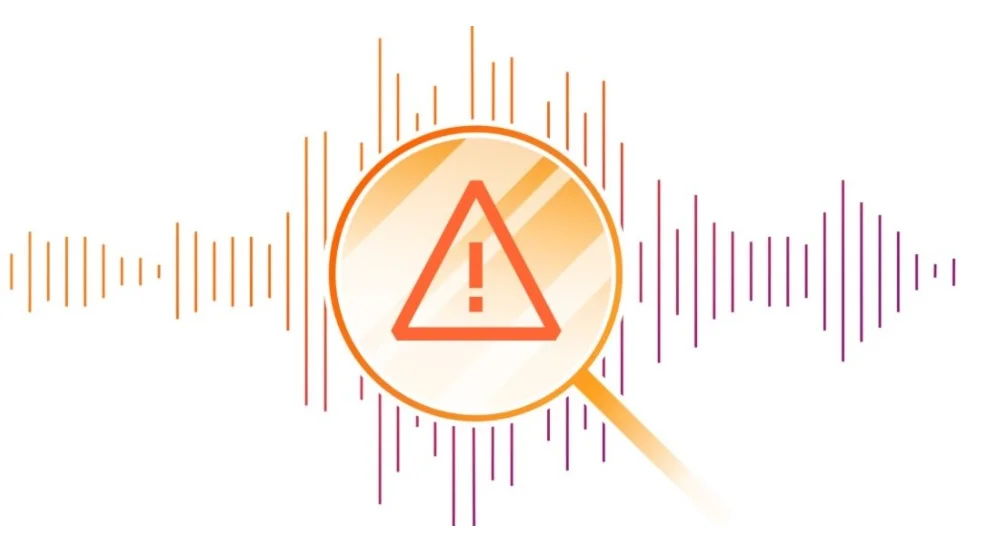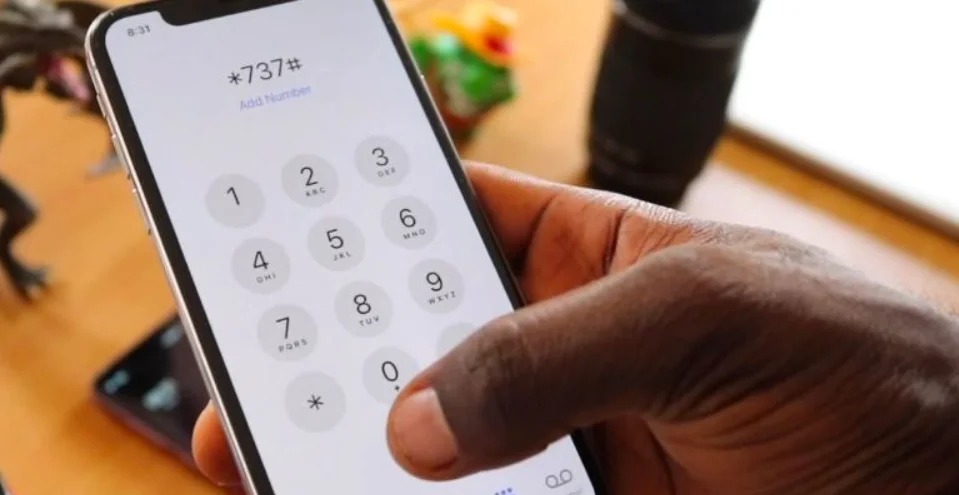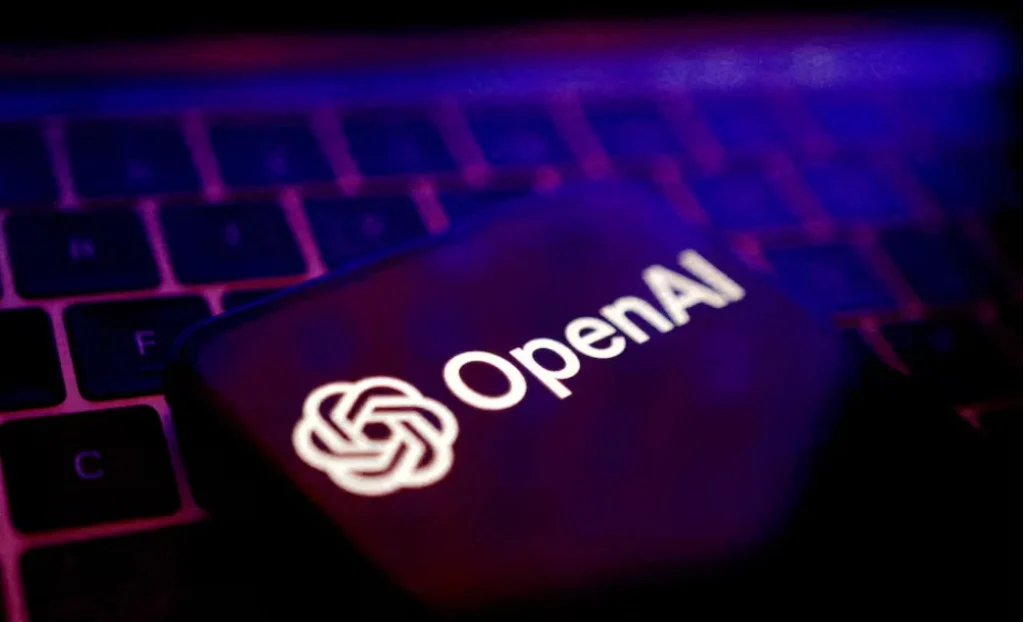Artificial Intelligence (AI) is reshaping the financial world—but not always for the better. What started as fun Snapchat filters and TikTok gimmicks has become a powerful weapon for fraudsters. Today, AI-driven fraud—from deepfake scams to voice cloning—is one of the fastest-growing threats to global finance, putting banks, fintechs, and businesses at risk.
How AI Made Fraud Real
The leap from face-swap filters to biometric fraud was almost seamless. Fraudsters can now turn a stranger’s LinkedIn photo into a blinking, smiling video good enough to bypass Know Your Customer (KYC) systems in seconds. What once required days of Photoshop work now happens in less time than it takes a cup of coffee to cool.
A 2025 industry fraud report by Veriff revealed that global fraud attempts have surged by 21% year-over-year, with deepfakes driving 1 in 20 ID verification failures. From Africa to Asia, financial institutions are struggling against a rising tide of AI-powered deception.
Real-World Cases of AI Fraud
- Kenya: Journalist Japhet Ndubi lost his phone; fraudsters cloned his biometrics to withdraw money and secure loans.
- Ghana: Joshua Kumah fell victim to a fake SMS scam, losing his SIM and mobile banking account.
- Hong Kong: A finance worker transferred $39 million after being duped by deepfake colleagues on a video call.
These examples highlight how AI fraud undermines trust and exposes gaps in traditional security.
Three AI-Fraud Scenarios Every Banker Should Know
1. Heist in the Small Hours
Fraud rings exploit stolen BVNs, SIM swaps, and deepfake faces to drain accounts overnight. SIM-swapping alone saw a 1,055% surge in the UK in 2024, with similar spikes in South Africa and Kenya.
2. Deepfake Elon Musk: The Internet’s Biggest Scammer
Fake Elon Musk videos have tricked investors into losing hundreds of thousands of dollars. Victims describe them as indistinguishable from reality.
3. The Banker’s Nightmare Call
Fraudsters now use AI voice cloning to impersonate clients. Banks relying on voiceprints for authentication are increasingly vulnerable, with experts like Sam Altman warning that voice-based verification is obsolete.
4. AI-Powered Business Email Compromise (BEC)
With AI-trained language models, scammers mimic CEOs’ tone and syntax to execute fake wire transfers. INTERPOL ranks AI-driven BEC as one of Africa’s fastest-growing cyber threats.
Why Traditional Security Measures Are Failing
Legacy fraud-prevention tools are no match for AI-powered scams:
- Liveness tests (blink-and-smile) are easily fooled by deepfake video.
- Voiceprints are bypassed with real-time cloning tools.
- SMS OTPs are compromised through SIM swaps, with global cases skyrocketing.
Without innovation, financial institutions risk forcing customers back into branch queues and notarised documents, undoing a decade of digital progress.
AI Fraud Solutions: Building Resilient Defences
To stay ahead, banks and fintechs must adopt multi-layered AI fraud prevention strategies:
- Zero-Trust Data Strategy – Eliminate blind spots by integrating cybersecurity, compliance, and transaction logs.
- Continuous Multi-Modal Authentication – Combine facial recognition, behavioural biometrics, and device attestation.
- Federated Intelligence – Share fraud signals across institutions without exposing raw customer data.
- Red-Teaming with Deepfake Kits – Regularly test defences using the latest AI fraud tools.
- Explainable AI for Analysts – Provide clear insights to detect emerging fraud patterns.
- Agile Regulation – Regulatory sandboxes and AI-specific compliance standards must evolve quickly.
- Cryptographic Provenance (C2PA) – Watermark selfies and tie them to devices to prevent replay attacks.
Implementation Challenges in Africa
Deploying AI fraud detection in Africa faces hurdles:
- Data scarcity and inconsistent datasets
- Shortage of AI experts
- Limited production-ready AI models
Initiatives like the African Data Collaborative (15 East African banks) and synthetic datasets from DataSynth are helping bridge these gaps. Cloud-based AI services and training programs by institutions like AIMS (African Institute for Mathematical Sciences) are also strengthening defences.
The Urgency: Why AI Fraud Must Be Addressed Now
AI fraud tools that once required state-level hackers are now available in a browser window. Within two years, low-skill scammers will have access to these tools at scale.
- Africa already loses $10 billion annually to fraud.
- Global fraud losses are projected at $5.4 trillion, with U.S. financial firms reporting a 9.9% increase in fraud costs in 2024.
- Cifas estimates fraud losses in the UK alone at £185 billion annually.
At Youverify, we are:
- Anchoring liveness detection in hardware
- Integrating siloed data for stronger oversight
- Deploying continuous AI monitoring
The industry must match this urgency to protect digital finance and preserve trust in financial inclusion.
Final Thoughts
The rise of AI-powered fraud marks a turning point for global finance. From deepfake scams to voice cloning, the tools once confined to science fiction are now a mainstream fraud arsenal. Financial institutions that act quickly—adopting multi-layered defences, federated intelligence, and AI-driven fraud detection—will survive. Those that don’t risk losing billions and eroding customer trust.












